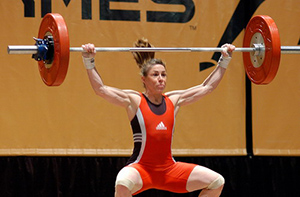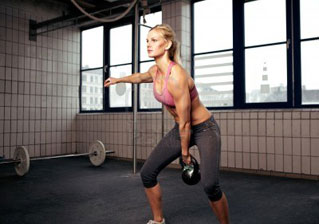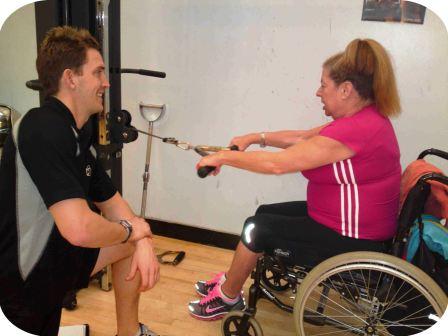Services
Weight Loss
Weight loss, in the context of medicine, health or physical fitness, is a reduction of the total body mass, due to a mean loss of fluid, body fat or adipose tissue and/or lean mass, namely bone mineral deposits, muscle, tendon and other connective tissue.
It can occur unintentionally due to an underlying disease or can arise from a conscious effort to improve an actual or perceived overweight or obese state.

Weight Training
Weight training is a common type of strength training for developing the strength and size of skeletal muscles. It uses the weight force of gravity (in the form of weighted bars, dumbbells or weight stacks) to oppose the force generated by muscle through concentric or eccentric contraction.
Weight training uses a variety of specialized equipment to target specific muscle groups and types of movement.
Weight training differs from bodybuilding, Olympic weightlifting, powerlifting, and strongman, which are sports rather than forms of exercise. Weight training, however, is often part of the athlete’s training regimen.

Powerlifting
Powerlifting is a strength sport that resembles the sport of Olympic weightlifting, as both disciplines involve lifting weights in three attempts. Powerlifting evolved from a sport known as “odd lifts”, which followed the same three-attempt format but used a wider variety of events, akin to strongman competition.
Eventually odd lifts became standardized to three events: squat, bench press, and deadlift. These may be performed equipped or un-equipped (un-equipped being more commonly referred to as ‘raw’ lifting that is without the use of certain supportive equipment).
Sport Specific Training
By definition specific training is the body’s adaptation to the nature of the stressor, which means as you participate in a particular sport your body will adapt to the stresses of that sport and will develop your body in such a fashion to help you perform for that sport.
Watch Video
Circuit Training
Circuit training high-intensityaerobicsis and is a form of body conditioning training resistance training . It is easy to follow and targets the area of strength building as well as muscular endurance. An exercise “circuit” is one completion of all prescribed exercises in the program. When one circuit is complete, one begins the first exercise again for another circuit.
Traditionally, the time between exercises in circuit training is short, often with rapid movement to the next exercise.

Conditioning
Conditioning is a process whereby one trains the heart and lungs to pump blood more efficiently, allowing more oxygen to get to muscles and organs. Although exercising at lower intensities will improve aerobic conditioning, the most rapid gains are made when exercising close to an individual’s anaerobic threshold.
This is the intensity at which the heart and lungs can no longer provide to the demands of the working muscles and an oxygen debt begins to accrue or when the exercise moves from being aerobic to anaerobic. Aerobic training intensity for most individuals will be <85-92% of maximum heart rate.
Watch Video

Disability Training
Disability Training has been in practice for many years but relatively new outside of physiotherapy and specialty clinics. Medical professionals such as Orthopedic Surgeons, Physiotherapists, Chiropractors have concluded that injuries and/or personal disabilities are not to be treated as such indefinitely. Depending on the set of circumstances, clients with congenital disorders or personal disabilities are no longer restricted to specialty clinics and are able to work with experienced personal trainers who are able to understand the client’s individual injuries and/or personal disability.